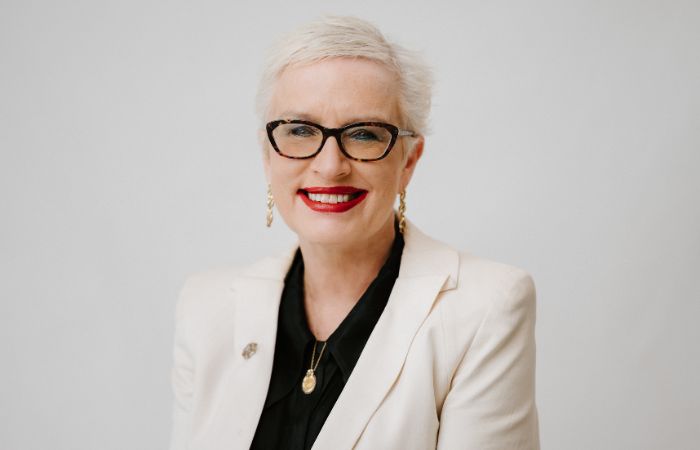Data analytics has changed every aspect of modern life as we know it. The way we work, shop and travel and how we interpret our health, our understanding of ourselves and the world around us continues to shift as our ability to analyse data becomes more sophisticated.
Fitness trackers, for example, analyse a wearer’s sleep, heart rate and other metrics to provide health-related insights. Now health insurance companies have begun looking for ways to access and analyse this data to help identify health patterns and risks for the broader community.
On a larger scale, the Cancer Moonshot program in the United States has established a partnership that brings together government agencies, drug companies, cancer research centres, foundations and others to collaborate and share cancer research and findings. By sharing data and bringing researchers together, they hope to halve the time it takes to find new cures.
Closer to home, Australia’s aged care database GEN has created a similar framework. Bringing together client, assessment and service information from a variety of government sources, GEN is a one-stop shop for data and information about aged care in Australia. This data is already being used to provide a deeper level of insight, with the Australian Institute of Health and Welfare (AIHW) releasing reports into workforce and customer profiles, as well as the financial health of the sector.
When we examine the level of reporting that aged care providers are required to share, we can see the potential for even greater insights. GEN captures a significant volume of data from residential aged care providers as well as their residents, such as:
- Injury occurrence, causes and management
- Food quality, palatability, nutrition and unplanned weight loss
- Quality of care, including the management of medication.
Given the existing bank of data collected by providers across the country, the question is how to best leverage the data we have to gain meaningful and actionable insights. For example, could further analysis of existing data deepen our understanding of any relationship between the rate of falls and resident health profiles or the size of residential facilities?
Would broader analysis of medication use in correlation with key health data from residents in aged care reveal better treatment protocols for some of the complex but common medical issues they face?
Perhaps examining preventative intervention by medical and allied health teams across the sector could reveal whether there are any potential health and financial benefits to our customers in the long term.
With Australia’s ageing population, existing data shows that our already stretched aged care sector will be challenged even further. We are asked to provide higher quality care to a growing number of customers, with fewer resources and a workforce shortage that grows more pressing.
The insights we receive from AIHW help us begin to uncover the true complexity of our sector’s current situation. But we believe the real opportunity is in moving to diagnostic analysis. This is important so we can begin to understand the ‘why’ behind some of the challenges that residents and service providers face.
Better understanding where we are now also opens the door for more predictive analytics to provide insight into what may happen in the future. This would provide opportunities to identify and mitigate risks, or enhance the quality of life for those in our care.
Of course, aged care providers also need a combination of people, processes and technology to truly leverage data available.
Data gurus, such as data scientists and analysts, play a critical role in analysing data to deliver meaningful insights. But these candidates are in short supply and expensive. And talent can be difficult to retain in a competitive market. This is even more so in the aged care sector, where we work with incredibly slim margins and rely on federal funding to provide our services.
It’s also important to ensure the right processes are in place to accurately capture data. The old adage ‘garbage in, garbage out’ rings true when it comes to data. Ensuring quality of data being captured is high leads to better quality analysis and outcomes. Unfortunately many aged care providers face the challenge of dealing with legacy technology platforms that are unfit for purpose and make it difficult to extract, let alone analyse, data.
We believe the Department of Health and Aged Care, and the Aged Care Quality and Safety Commission have an important role in supporting capability and understanding of key trends across the industry on a macro level. Industry best practice groups could also provide recommendations to the department and commission on how data trends could be better used to enhance both the customer and staff experience so data is meaningful.
The quality and safety commission could also work with Aged and Community Care Providers Association and Aged Care Workforce Industry Council to support aged care providers to realise the opportunities and benefits that data can make in delivering support and services to older Australians.
It is our collective responsibility to work towards a future that supports the changing nature of ageing and better health outcomes for all Australians, through meaningful insights and action.
